
Yoga is now the umbrella term for the practice of movement combined with the breath but yoga is about union, uniting mind, body and spirit, originating in India. There are four main types of yoga but in the Western world, we have moved away from these more traditional forms and have developed many other types of yoga.
The original four types of yoga are; karma, bhakti, jnana and raja. Karma yoga is about helping others and selfless service. Bhakti yoga is the yoga of devotion which often sees people chanting in groups, known as Kirtan. Jnana yoga is the study of the self and consists of the study of ancient yoga texts in order to understand the human mind, and transcend it. Raja yoga is the yoga we know in the West. This encompasses the physical practice of yoga and is where Hatha yoga sits with Hatha yoga being the yoga postures combined with breath.
Nowadays in the West, we're used to hearing of many different types of yoga. If you look at a yoga studio’s timetable, you’ll see lots of options but how do you know where to start? This is where I, an expert yoga instructor, comes in. I’ll outline five types of yoga and what they’re good for.
There’s no right or wrong and it’s about finding the one, or ones, that work for your body. Some people practice a few types and others stick with one. This article will help you learn more so you can make an informed decision as to what’s best for your body and mind, so grab your yoga mat and let's get started.
1. Yin Yoga

Yin Yoga is quite a new form of yoga that considers the uniqueness of each human body. Its focus is on tension and compression whereby you can continue to hold a yoga posture and release more if you’re working with tension. For example, using connective tissue which is what Yin Yoga is trying to loosen up, but you've reached your edge, or limit, if you’ve moved into compression. This might be when a bone contacts another. We can’t do much about our bone structure but we can stress our muscles to release them.
With this idea of tension and compression in mind, Yin Yoga focuses on holding postures for a number of minutes, typically between three and five minutes but it can be longer. You are passively stretching so relaxing the muscles as you hold the postures rather than actively stretching, as you do in most other types of yoga. This gives you time to gradually increase the intensity of a posture and wait until your body invites you to go deeper, to the point of compression. It also gives the freedom to let the postures look different in each body. Your bone structure is not the same as someone else’s so why should the postures look the same? Yin is a great release for your body but also your mind. It is a quiet practice with lots of silence. It can be hard to be with your thoughts to begin with but with practice, you learn to enjoy the freedom it gives your mind as your thoughts slow down.
You may need some props for Yin Yoga along with your yoga mat. The best yoga blocks, cushions, blankets, bolsters and a belt are all good to have lying around when practicing Yin so you can support yourself where needed to be able to hold the postures.
Sign up to the T3 newsletter for smarter living straight to your inbox
Get all the latest news, reviews, deals and buying guides on gorgeous tech, home and active products from the T3 experts
2. Iyengar Yoga
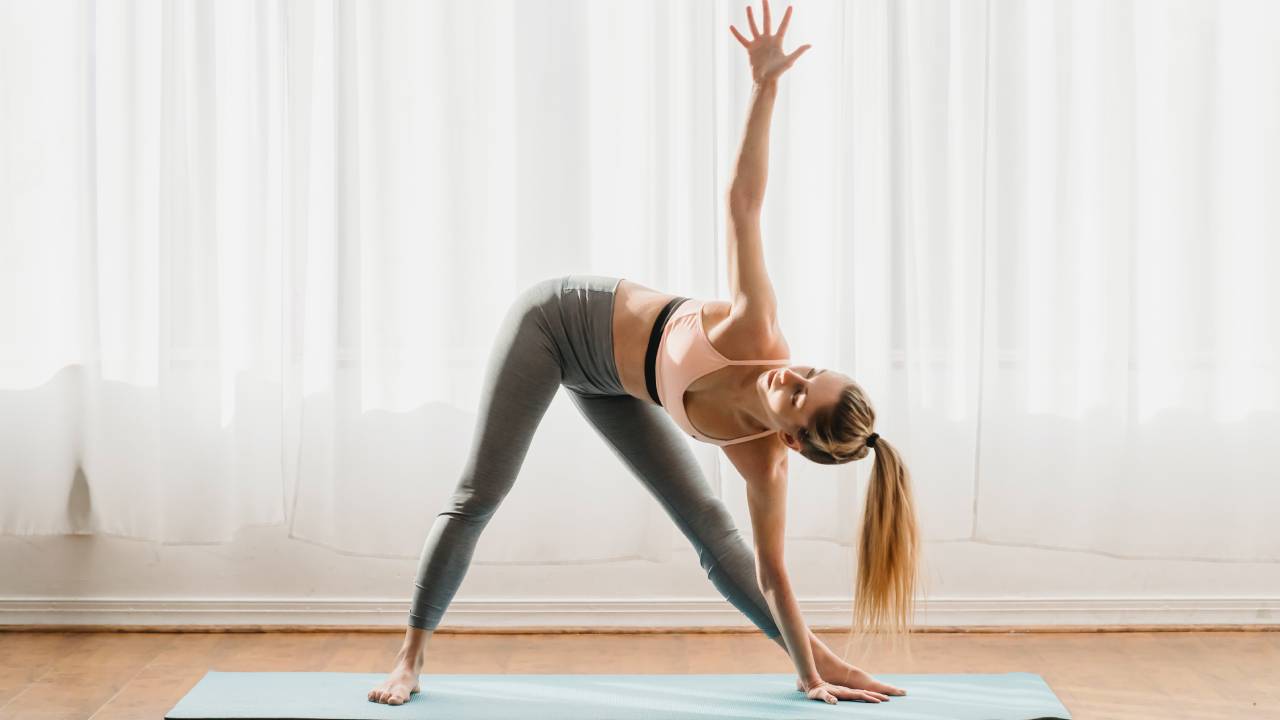
Iyengar is a precise form of yoga that focuses on the minute details of each posture. It’s heavy on the use of props and because of this, it's a good option for those with more limited mobility. Teachers of Iyengar Yoga tend to dedicate a lot of time and money on training over many years so it’s a great way to ensure you are practicing with a teacher with knowledge and experience. However, remember your body is your body and not all of their suggestions will work for you. A good yoga teacher will listen to you and work with you to find a variation that suits you.
Iyengar Yoga is one of the more traditional yoga practices we have in the West and so you can expect standard yoga postures such as triangle pose, shoulder stands, standing forward bends and warriors among many others. Classes in this type of yoga don’t tend to include flows. Postures are held statically for a number of breaths before you leave the posture and move onto the next. Similar to Yin, it’s about exploring the sensations and thoughts you experience while holding the postures. Iyengar Yoga practices can lead to a deep sense of contentment and peace.
3. Ashtanga Yoga
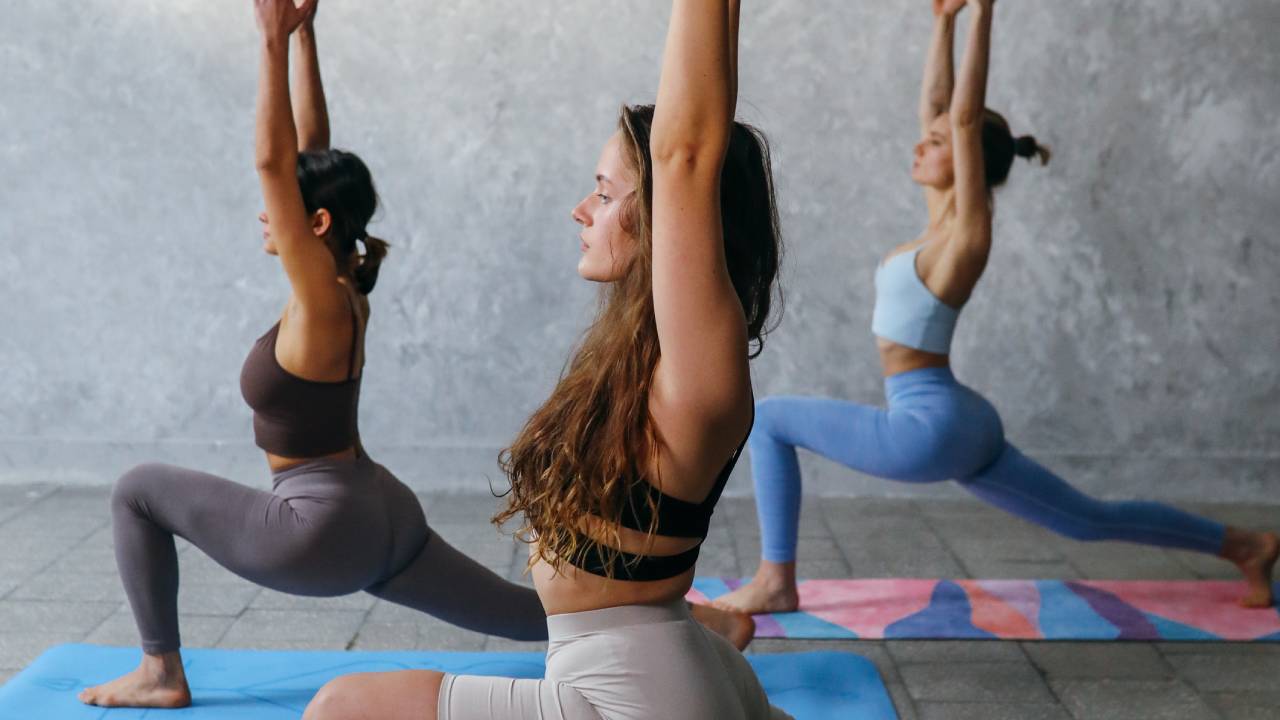
Now moving onto the opposite of Yin and Iyengar Yoga, we have Ashtanga. Ashtanga is a much faster paced yoga practice, including flows and sequences. Between the more static postures, you can expect mini flows that help you transition from one posture to the next. The flows typically include a round of sun salutations between postures.
Even the main sun salutations within Ashtanga are more advanced than a standard Hatha yoga class. For example, Ashtanga has two types of sun salutations, A and B, which include chair pose and warrior 1 that aren’t included in other sun salutations in other forms of yoga, and you tend to do more rounds as a warm-up. It can, and normally is, a hot and sweaty practice.
Ashtanga Yoga is ideal for those who enjoy more intense fitness. Its end goal is the same as any other form of yoga, to unite body and mind and bring a sense of stillness to the ever fluctuating mind but through a dynamic practice. It’s not intended only for those who are already incredibly fit and you can get fit through doing it. However, it’s important to remember that if you’re wanting to attend an Ashtanga class, you may feel a bit overwhelmed when first attending as the pace can be quite fast. But it’s totally OK to sit bits out, or even speak to the teacher beforehand and explain you are brand new and need a bit more direction. Don’t be daunted by this practice, it has huge benefits but just takes time to get used to, as does all yoga, so take it at your own pace. It complements a Yin practice and some people practice both to balance their Yin and Yang energies.
4. Kundalini Yoga
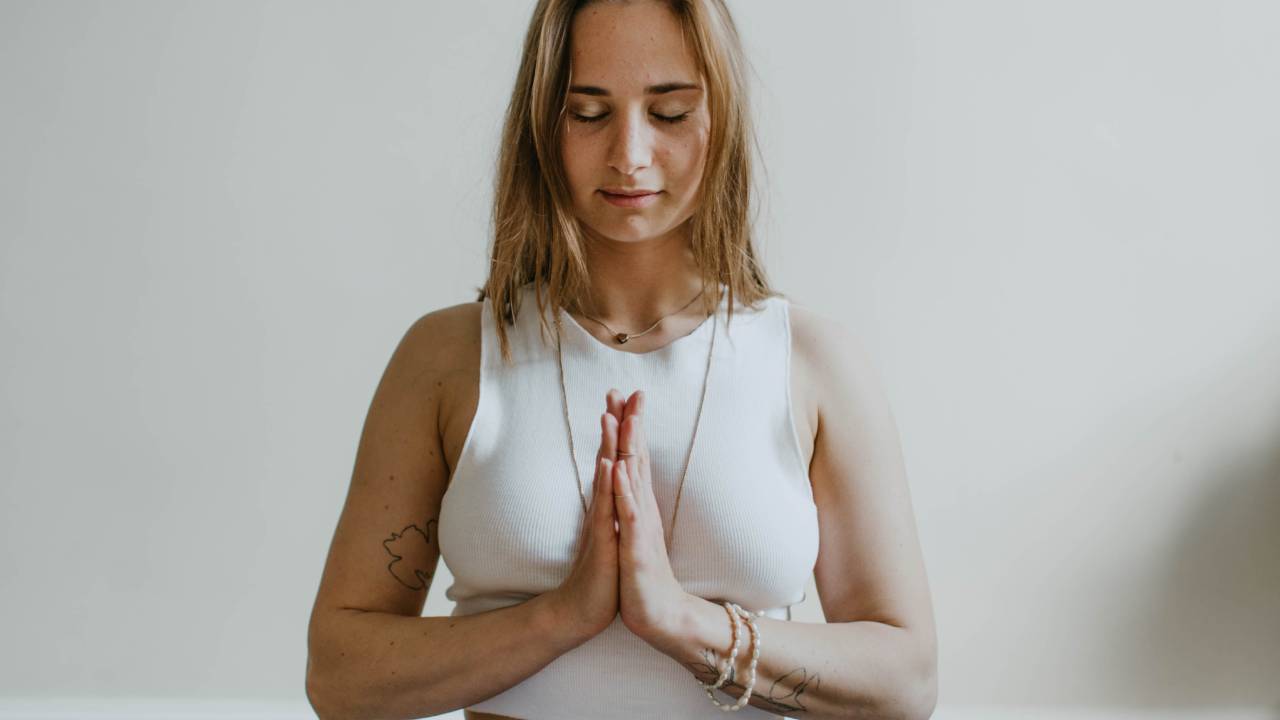
Kundalini may be a less well known form of yoga but it's popular within the yoga community and those that start the practice tend to fall in love with it. In spiritual practice, Kundalini is known as the serpent that lies dormant at the base of the spine. Any yoga practice is designed to raise this energy, waking Kundalini and helping her reach up through the spine and the spiritual centers that sit along the spine, known as the chakras, to obtain spiritual bliss. In the West, we see yoga as a way to keep the spine healthy and the movements definitely help to achieve this. However, in the East, the health of the spine is less about physical fitness and more to do with the energy system being nourished, shaken and unlocked.
Kundalini Yoga is said to raise the energy and open the chakras, bringing enlightenment. Because of this, it’s a dynamic practice that sees postures being fluid and repeated. You can also expect chanting and energizing breathwork. Unlike gentler forms of yoga, Kundalini Yoga uses breathwork that resembles hyperventilation (it’s safe but something to be aware of especially if you’re prone to panic attacks) such as the Breath of Fire. It’s a practice perfect for those who are looking for a more spiritual basis for their practice, and for those willing to explore chanting and meditations. This is not how you will have seen yoga represented in the media but it’s a fantastic experience that can lead to improved mental and physical health.
5. Acro Yoga

Acro yoga is different from most other yoga in that you are practicing with a partner. It’s a practice that involves trusting the other person and for that reason can be a lovely thing to do as a couple. One person acts as the base and the other person practices yoga postures on the base, suspended in air by their hands and feet. You may have seen videos on social media of this form of yoga, it’s mesmerizing to watch and a very graceful practice, once you’ve learnt the basics. That said, it’s not the easiest form of yoga to master and expect some tumbles (and lots of giggles) in the process.
It’s an amazing experience to be in yoga postures but without your body connecting to the floor. Instead, you are moving through postures balancing on your partner’s hands and feet, learning transitions and how to do so with poise. The base has a lot of work to do and typically is the stronger of the two. It may look like they are lying on their back with their hands and feet in the air but there’s an art to making sure you’re holding the weight in the right position and that your hand is available in the right spot as the person you’re supporting turns.
Acro yoga is a fun way to spend your time with a good friend or partner. It’s more challenging than most other yogas but is very rewarding for both the brain and body. Yoga postures you thought you knew and how they feel in your body will literally be turned upside down! Be patient and enjoy the process.
Kat has 10 years of yoga teaching experience with further training in supporting injured students. She is qualified to teach Yin Yoga, Hormone Yoga Therapy and more traditional forms of Hatha yoga. She also has a certificate as a Yoga Therapy Practitioner.
-
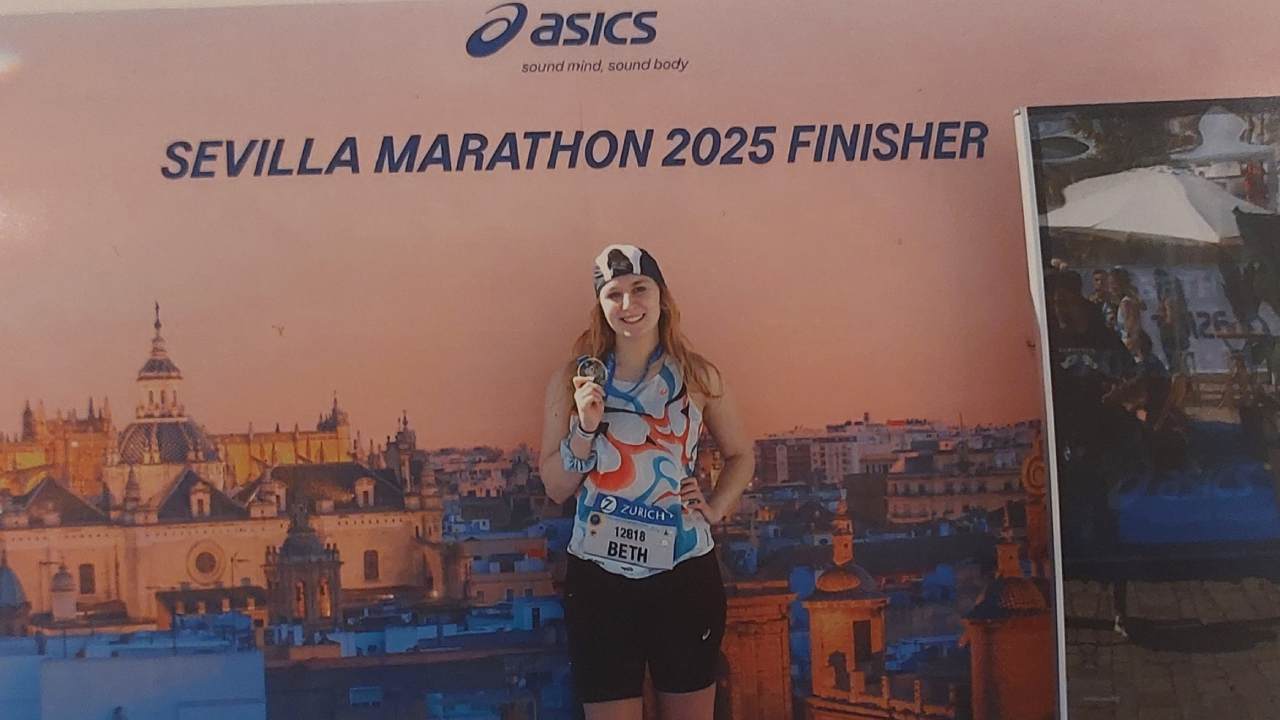 I ran the Seville marathon with ASICS – here’s 5 things I learnt from my first marathon
I ran the Seville marathon with ASICS – here’s 5 things I learnt from my first marathonEverything I learnt from my first marathon
By Bethan Girdler-Maslen
-
 This AI food diary app can tell you the nutritional content of your food – with just one photo
This AI food diary app can tell you the nutritional content of your food – with just one photoOh, and it's free to use!
By Lizzie Wilmot
-
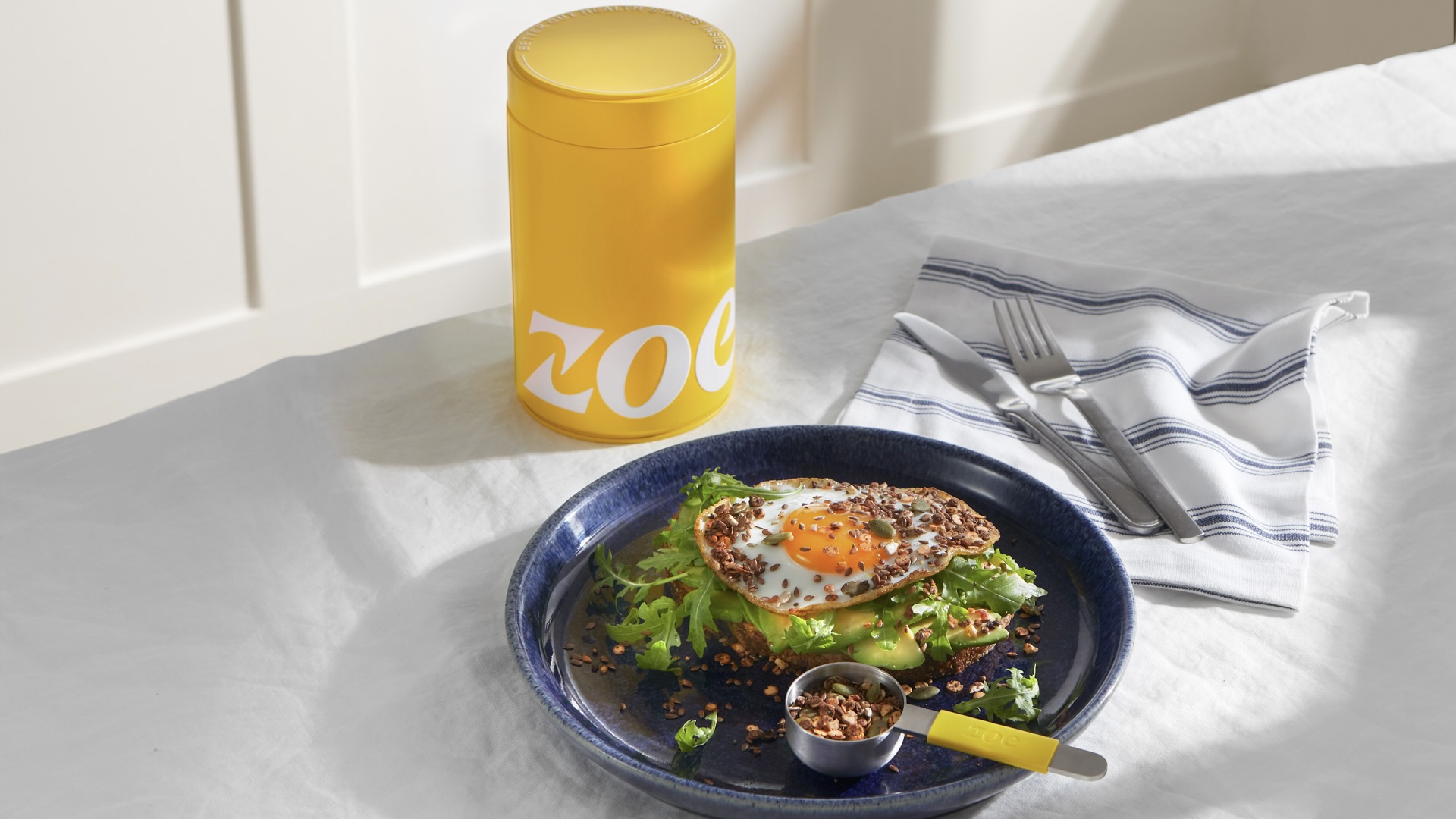 Zoe launches first own-brand supplement on the back of successful nutrition programme
Zoe launches first own-brand supplement on the back of successful nutrition programmeDaily30+ will be available online and in select Waitrose stores later in July
By Lizzie Wilmot
-
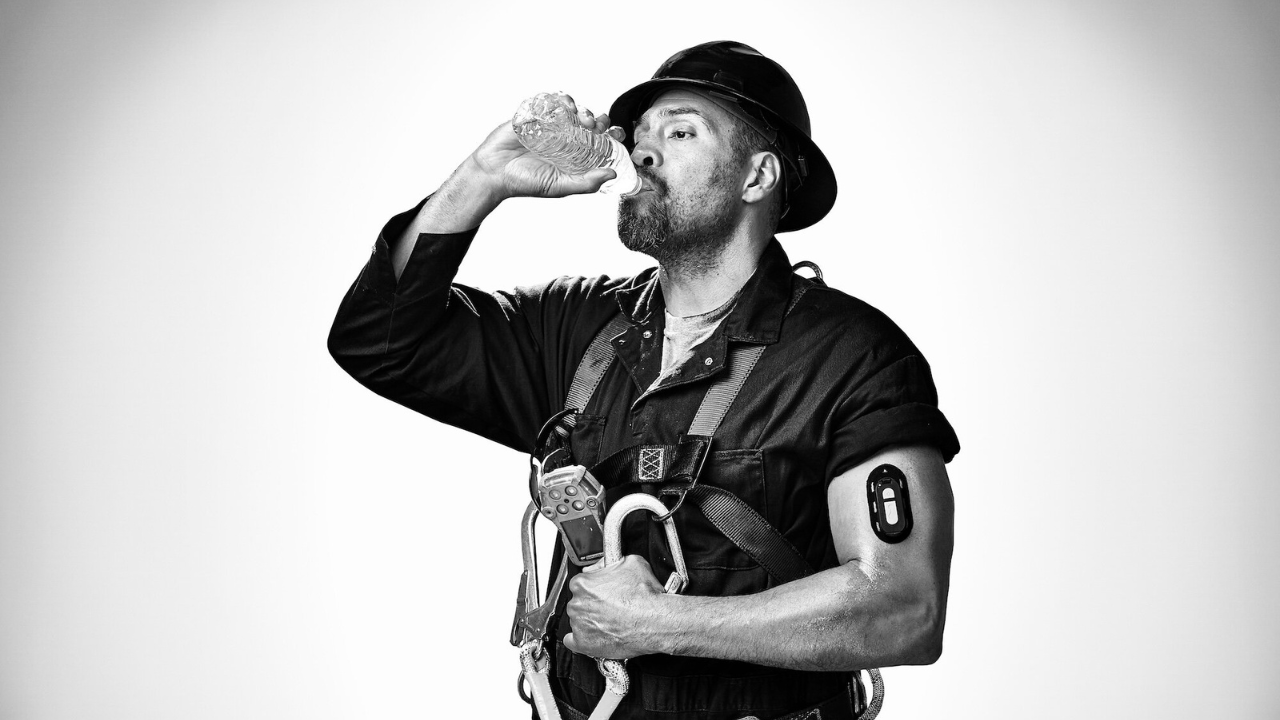 This new wearable monitors your hydration levels and will remind you to drink water
This new wearable monitors your hydration levels and will remind you to drink waterThe world's first real-time hydration monitoring wearable is here
By Lizzie Wilmot
-
 I tried the Zoe nutrition programme – it told me exactly what I was doing wrong
I tried the Zoe nutrition programme – it told me exactly what I was doing wrongIf you haven't heard of the Zoe programme, where have you been?
By Lizzie Wilmot
-
 Manduka PRO yoga mat review: luxurious, eco-conscious but could have better grip
Manduka PRO yoga mat review: luxurious, eco-conscious but could have better gripA luxurious top-end yoga mat that's almost perfect, apart from its grip... here's T3's Manduka PRO yoga mat review
By Kat Bayly
-
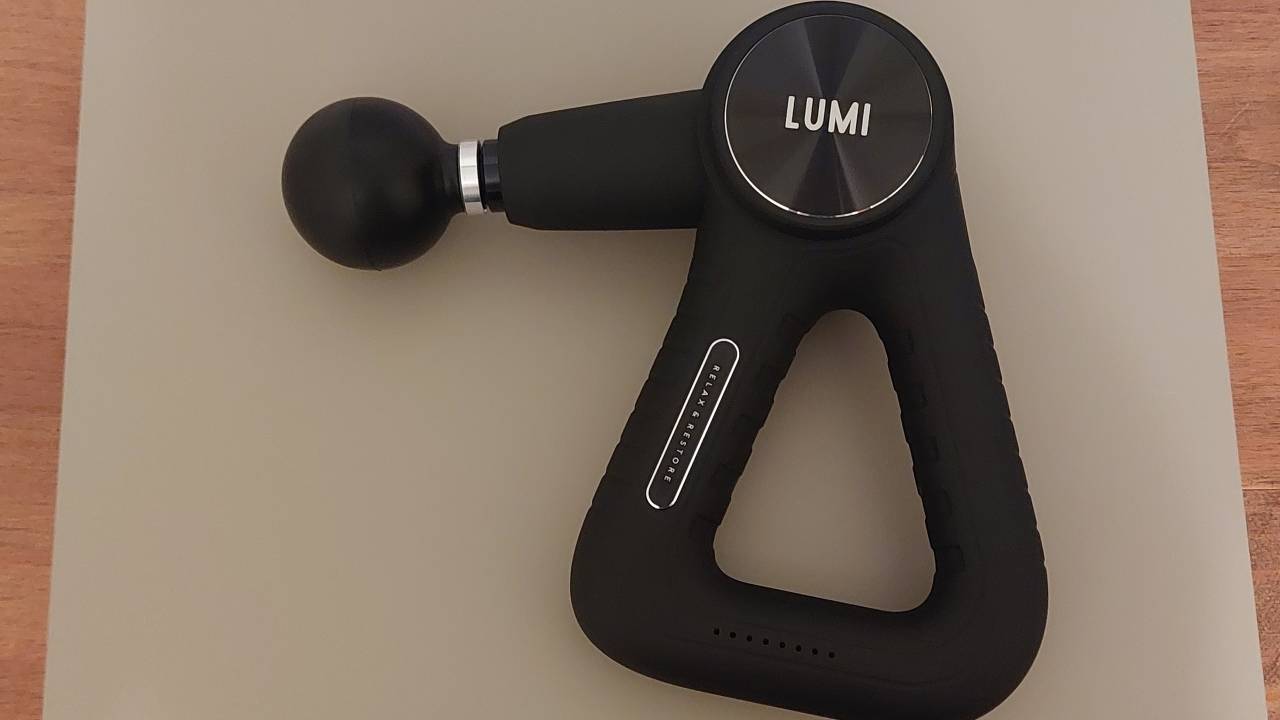 Lumi Therapy powerPRO Massage Gun review: relieves sore muscles in an instant
Lumi Therapy powerPRO Massage Gun review: relieves sore muscles in an instantYour muscles will never feel sore again with the Lumi powerPRO… if you can manage to hold it!
By Bethan Girdler-Maslen
-
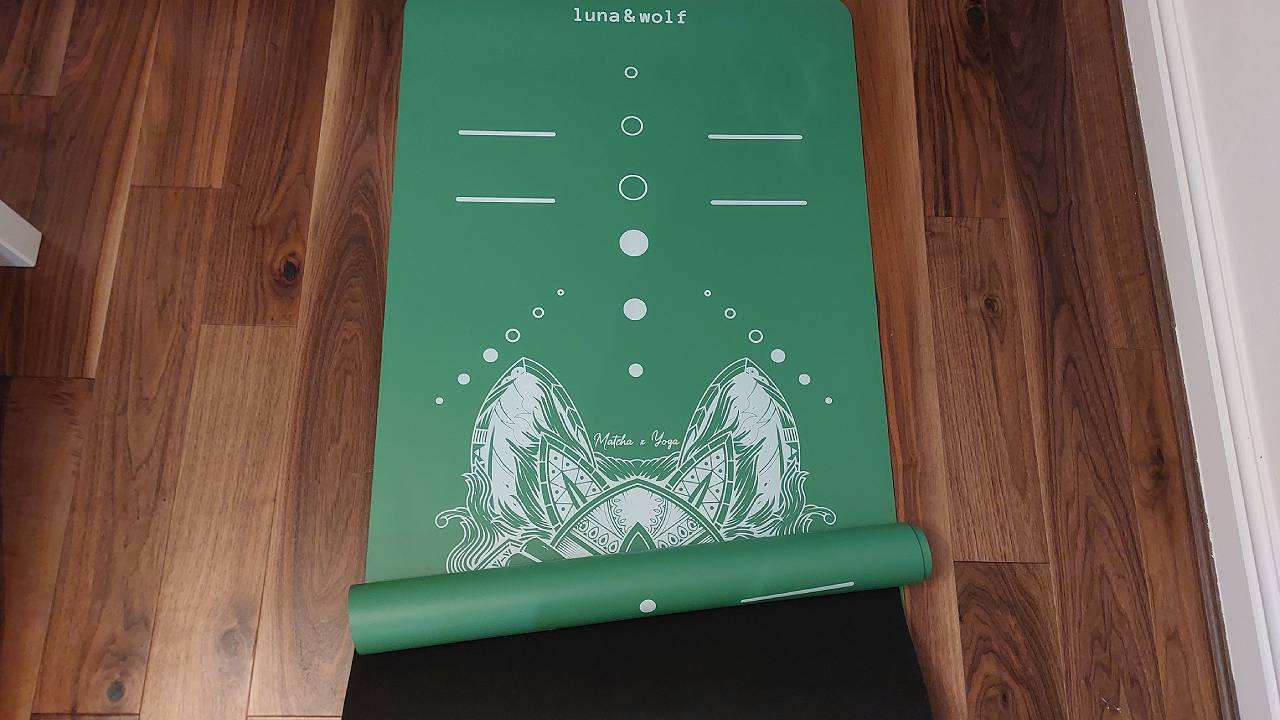 Lumi Therapy Eco Wolf Yoga Mat review: natural, cushioning and sturdy
Lumi Therapy Eco Wolf Yoga Mat review: natural, cushioning and sturdyThe more you sweat, the more the Lumi Therapy Eco Wolf Yoga Mat grips
By Bethan Girdler-Maslen

